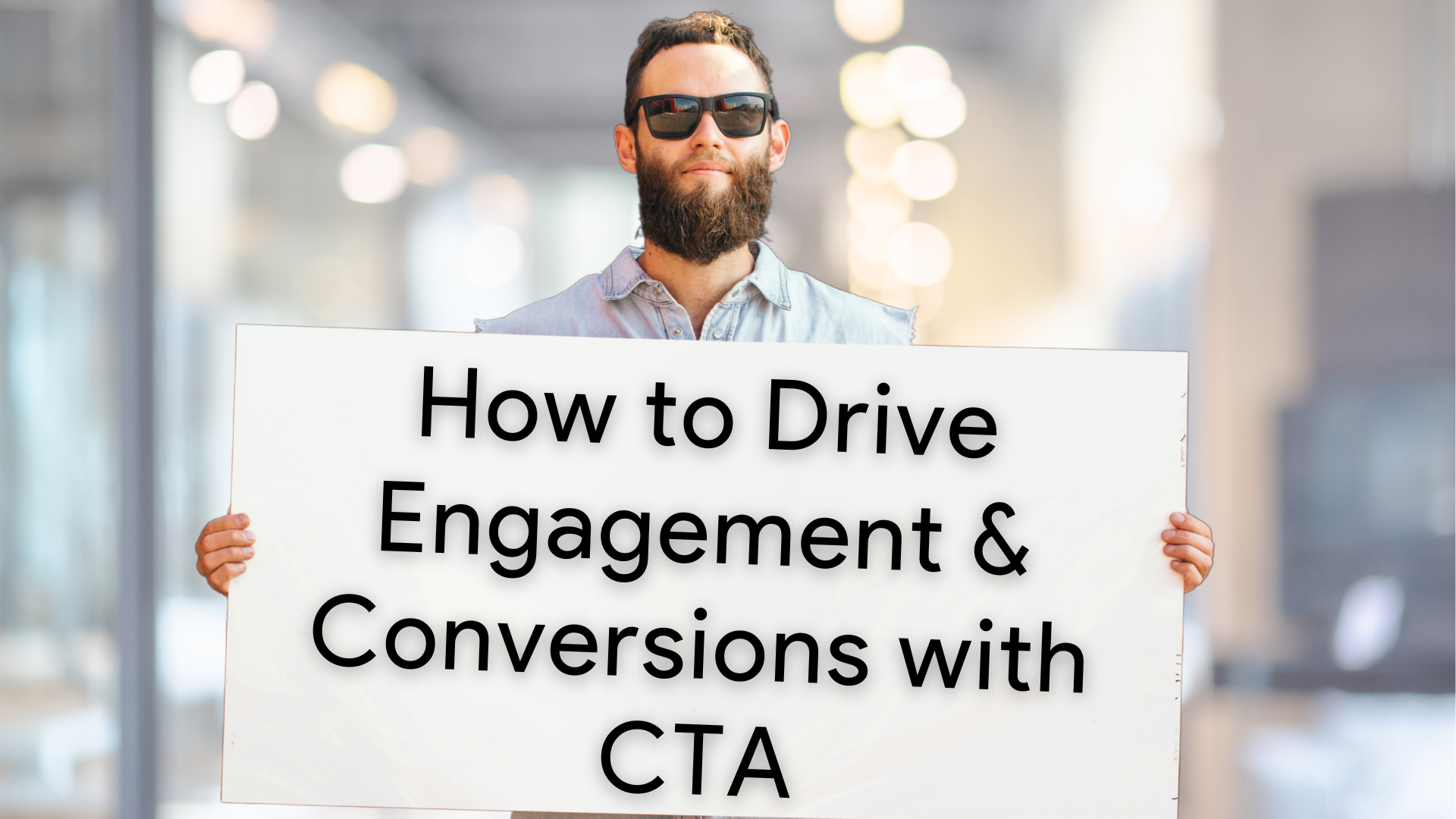
Turning Stunning Web Design Into Flawless Code
Web development reaches its crucial stage when designers transfer their work to developers through the design handoff process. The phase marks the point where abstract concepts turn into concrete reality while transforming creative plans into functional user interactions. The transformation from design to development during this phase produces numerous obstacles that threaten to ruin carefully designed projects. This article examines the major challenges that developers face while presenting effective solutions to overcome them. The Chasm Between Design and Development A designer invests their time for multiple weeks to develop an aesthetically pleasing interface that perfectly represents brand values through pixel-perfect design. The development team receives this design from the designers with the understanding that they should produce code that perfectly matches the original design. The developers start analyzing the design files only to discover unclear specifications together with missing assets and ambiguous elements. The result? The final product drifts away from its initial design which produces negative reactions from designers and developers. This failure to connect design with development occurs frequently throughout the industry instead of being an isolated exception. The main cause stems from specification miscommunications and insufficient asset sharing and most importantly from poor designer-developer coordination. Bridging the










